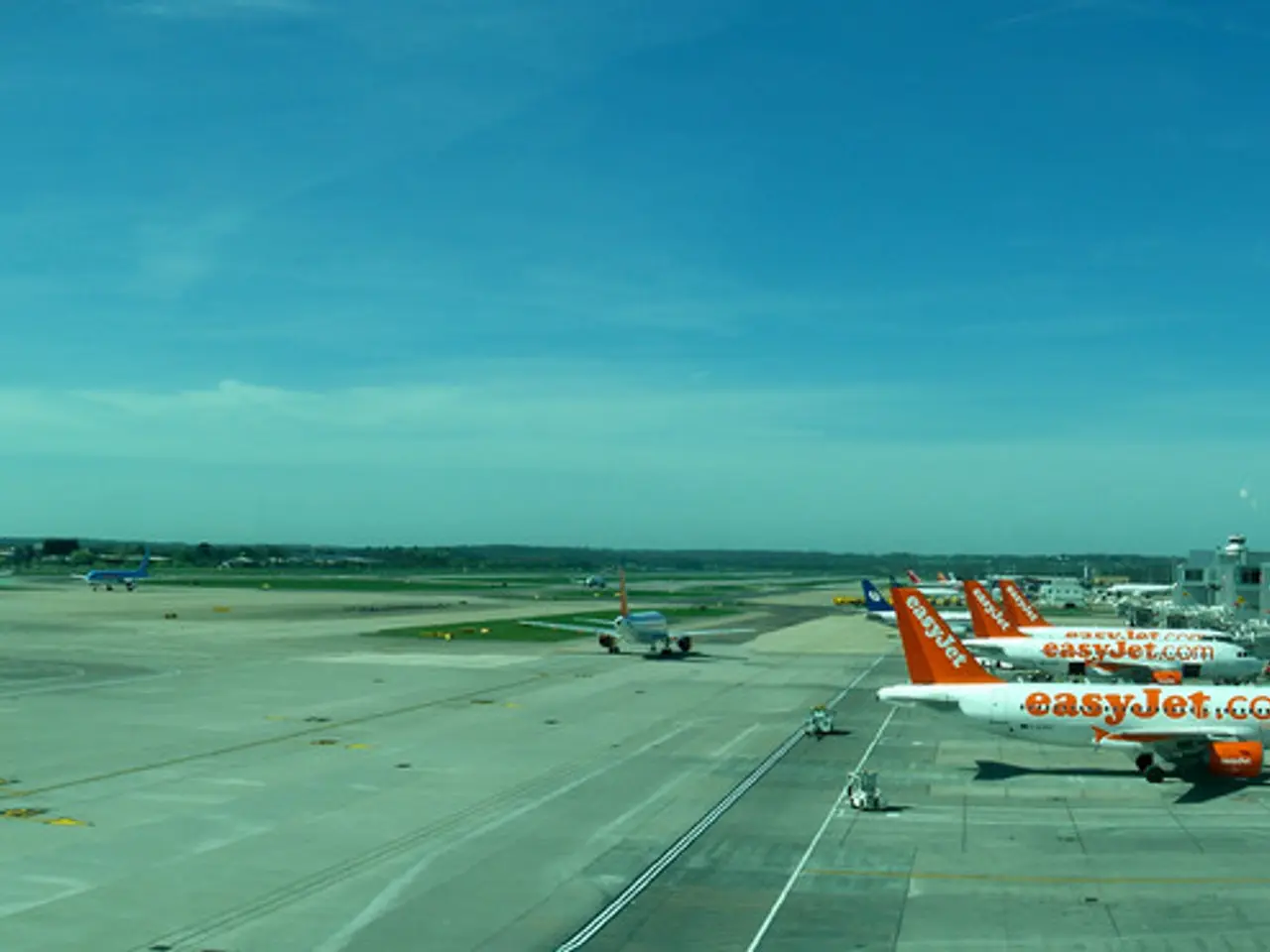Runway Conditions and Its Impact on Airport Functions
In the world of aviation, the condition of runways plays a crucial role in ensuring safe, efficient, and reliable airport operations. Regular monitoring, maintenance, and timely repairs are essential to meet regulatory requirements, stakeholder expectations, and maintain the smooth functioning of airports and the aviation industry as a whole.
The condition of a runway can significantly impact the operational efficiency of an airport, leading to reduced capacity, delays, and disruptions to flight schedules. This, in turn, can have a negative impact on the local economy, affecting businesses that depend on airport activities.
Runway conditions are influenced by several factors. Surface conditions, such as weather and contamination, can reduce braking performance and increase the risk of accidents. The type of surface material and its condition can also affect the runway's friction level and durability. A wider runway with adequate obstacle-free zones reduces accident risk, while parallel or closely spaced runways can lead to confusion and contribute to wrong surface events.
Operational practices, such as pilot training and procedures, air traffic control, and communication, also play a significant role in maintaining runway conditions. Proper training and adherence to procedures are vital to prevent deviations and incursions, while clear communication regarding runway conditions and any changes is essential for preventing accidents and ensuring smooth operations.
Regulatory compliance is another crucial factor. Adhering to regulations set by bodies like ICAO and the FAA ensures that runways meet safety and operational standards, impacting compliance and reputation.
The safety, operational efficiency, economic viability, regulatory compliance, and reputation of an airport are all directly affected by runway conditions. If a runway is closed or restricted due to poor condition, it can result in flight cancellations, missed connections, and additional costs for airlines, passengers, and airport operators.
Measures to improve runway conditions include regular maintenance, advanced technology integration, training and education, and regulatory adherence. By ensuring that runways are regularly inspected and maintained, using radar and other technologies to monitor and manage runway conditions effectively, providing ongoing training for pilots and staff on safe practices and procedures, and ensuring compliance with all relevant safety and operational standards, airports can ensure the safety, efficiency, and economic viability of their operations.
In conclusion, the condition of runways at airports is a critical factor that impacts safety, operational efficiency, economic stability, regulatory compliance, and reputation. Proper planning, investment in runway infrastructure, and regular maintenance are vital to ensure the smooth functioning of airports and the aviation industry as a whole.
The financial impact of runway conditions on airports can extend to the local economy, as reduced capacity, delays, and disruptions can affect businesses that depend on airport activities. In the realm of finance, maintaining runways to regulatory standards and ensuring their operational efficiency can help airports maintain a reputable financial standing.
Advanced technology integration, such as radar systems, plays a key role in monitoring and managing runway conditions in the transportation sector. Compliance with regulations set by bodies like ICAO and the FAA, funding for runway infrastructure, and regular maintenance are vital investments for the industry's economic viability and regulatory compliance.




